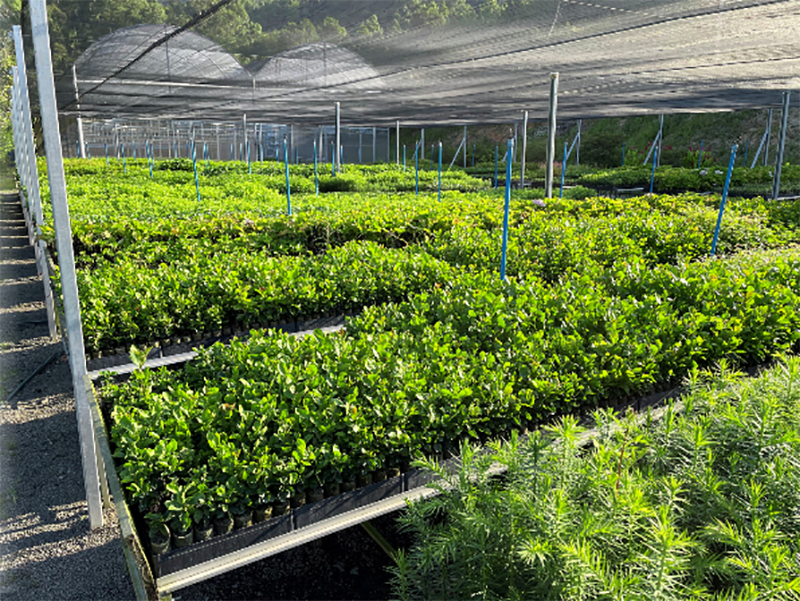Tetra Pak launch Brazilian forest biodiversity initiative
Goal is to restore equivalent of 9,800 football pitches by 2030.

Tetra Pak has launched a land restoration initiative, the Araucaria Conservation Programme in Brazil, marking, what it says is ‘the industry’s first “nature-based” restoration project’. The ambition is to generate positive environmental, economic and social benefits for local communities and restore and protect biodiversity in the region.
Developed in collaboration with Apremavi, a Brazilian NGO specialising in conservation and restoration, the initiative is set to restore at least 7,000 hectares over a period of ten years – equivalent to 9,800 football pitches – of the Atlantic Forest, one of the richest biomes and the second most endangered in the world.
Originally, this rainforest covered 17 Brazilian states, but today only 12% of its original area is preserved, putting thousands of species that do not exist elsewhere at risk. The Araucaria Conservation Programme will target an area of particular risk, the Forest of Araucarias, which today only has 3% of its original area preserved.
Julian Fox, Director Nature Programs, Tetra Pak, comments, ‘This initiative is our response to the United Nations challenge to make this the decade of ecosystem restoration. We are thrilled to be a lead partner of such a pioneering project, connecting a range of stakeholders and merging environmental restoration with carbon capture analysis to help mitigate climate change and recover biodiversity.’
In addition to a pilot restoring 80 hectares, the project’s first year will focus on mapping potential areas for restoration. After the validation of this initial phase, the model will be replicated on other rural properties over ten years across the 7,000 hectares of the Atlantic Forest, which bridges the states of Santa Catarina and Paraná.
Miriam Prochnow, Co-Founder of Apremavi, said, ‘Among the proposed methodologies are the planting of native seedlings, the ecological enrichment of secondary forests and natural regeneration.6 In the long run, the restored areas will be integrated into ecological corridors, contributing to reducing pressure on endangered animals such as the purple-breasted parrot and the pampas deer. These actions are fundamental for the protection of biodiversity, the restoration of soil quality and the maintenance of water availability in the region.’







